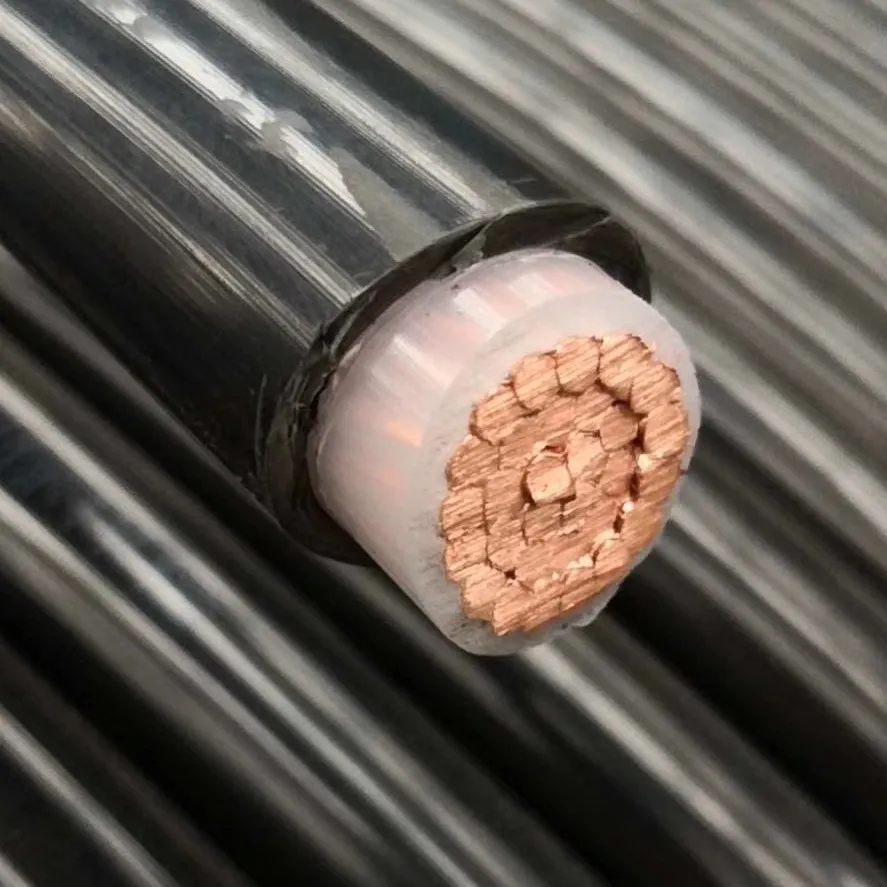Time: 2025-06-15 16:20:11 Source: Henan Province Jianyun Cable Co., Ltd.
Jianyun Cable Co., Ltd. is a leading manufacturer and supplier of high-quality power cables, offering a wide range of products designed for industrial, marine, and infrastructure applications. With a commitment to innovation, safety, and compliance with international standards, Jianyun Cable delivers reliable solutions tailored to meet diverse customer needs. For more information, visit https://www.jianyuncable.com/.

Importing power cables from China requires meticulous planning to ensure safety, compliance, and cost-effectiveness. Key considerations include selecting reputable suppliers, verifying compliance with international safety standards, managing logistics, navigating customs regulations, and conducting quality inspections. These steps mitigate risks such as receiving substandard products, facing customs delays, or incurring penalties due to non-compliance.
Choosing a reliable supplier is critical to ensure product quality and compliance. Identify suppliers with verified credentials, a proven track record, and transparent communication. Request samples to evaluate quality and verify certifications for production standards. Be cautious of suppliers offering significantly lower prices, as this may indicate compromised quality.
Power cables must comply with safety and regulatory standards in the importing country. In the EU, ensure cables meet CE, RoHS, and Low Voltage Directive requirements. In the US, FCC and UL certifications are recommended, particularly for cables with external chargers or transformers. For marine or industrial applications, verify compliance with international standards. Request certification documents from suppliers and consult third-party inspection companies to validate compliance. Non-compliance can lead to customs rejection or legal penalties.
Select a shipping method based on cost, speed, and shipment size. Sea freight is cost-effective for large quantities but takes 3–6 weeks, requiring advance planning. Air freight, suitable for smaller or urgent orders, is faster (7–10 days) but more expensive. Partner with a freight forwarder experienced in handling electrical goods to manage documentation and ensure proper packaging to prevent damage during transit. For hazardous materials like cables with integrated batteries, ensure compliance with international shipping regulations.
Power cables imported from China may face tariffs, particularly in the US, where a significant tariff on certain electrical goods applies. Verify the Harmonized System code for power cables to determine applicable duties. In Canada, power cables are often duty-free, but a goods and services tax applies. Ensure all documentation, including commercial invoices, packing lists, and certificates of origin, is accurate to avoid customs delays. Be aware of regulations prohibiting imports from certain Chinese regions.
Conduct pre-shipment inspections through third-party agencies to verify cable quality, specifications, and compliance. Check for issues like thinner gauge conductors or inferior materials, which can compromise performance and safety. Post-delivery inspections ensure consistency with samples and standards. Establishing clear quality requirements in contracts with suppliers minimizes risks of receiving defective products.
| Step | Key Actions | Considerations |
|---|---|---|
| Supplier Selection | Identify verified suppliers, request samples, verify credentials | Avoid suspiciously low prices; check reviews and certifications |
| Certifications | Ensure CE, RoHS, UL compliance; validate with third-party | Non-compliance risks customs rejection or legal penalties |
| Shipping and Logistics | Choose sea or air freight; use experienced freight forwarder | Plan for 3–6 weeks (sea) or 7–10 days (air); ensure proper packaging |
| Customs Clearance | Verify HS code, prepare accurate documentation | Account for tariffs; comply with regional regulations |
| Quality Control | Conduct pre- and post-shipment inspections | Check for conductor quality and compliance with standards |
Safely importing power cables from China requires thorough supplier vetting, strict adherence to international safety and regulatory standards, efficient logistics management, and robust quality control. By allocating 10–15% of project budgets to high-quality, certified cables and partnering with reliable freight forwarders, importers can minimize risks. Staying informed about tariff changes and regional regulations ensures compliance and cost-effectiveness. Prioritizing verified suppliers, such as Jianyun Cable Co., Ltd., and industry standards guarantees safe, reliable power cables for diverse applications.